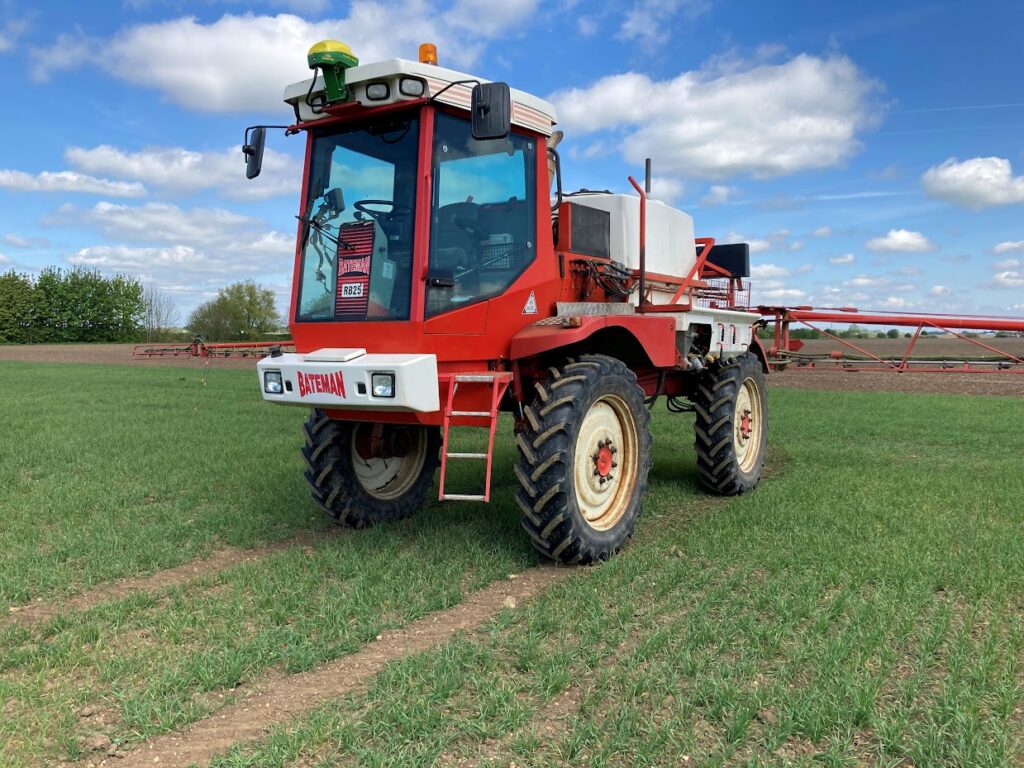Q&A: The role of post-em chemistry in grass-weed control
25th January 2023
Following the recent launch of an updated post-em herbicide called Atlantis Star by Bayer, campaign manager Tom Chillcott offered insights on how post-ems fit into current weed control programmes.

Post-em sprays like Atlantis were once the mainstay of grass-weed control in wheat, however, resistance and the shift towards cultural controls and pre-ems have resulted in reduced usage. Nonetheless, they still have a role to play in modern arable agriculture, and Mr Chillcott expanded on the various ways post-ems can benefit farmers.
Q. How many farmers still use post-ems in wheat?
A: Ten years ago, between 50-60% of the wheat area received an Atlantis-type product containing mesosulfuron. Now, the figure is half that at 25-30%, which is still several hundred thousand hectares of wheat.
Also, the above figure only considers mesosulfuron-based products, while there are other actives such as fluroxypyr and pyroxsulam that are also used for broad-lead or grass-weed control at this time. So overall, post-em sprays are still an important part of weed control but not for everyone in every situation.
Q. What are farmers using post-ems for?
A: Post-em sprays to control grass-weeds are the final step in the programme after cultural controls and pre-ems. It’s rare nowadays that the post-em is the only spray in the programme. The post-em is the final chance to reduce weed numbers, which can improve yield and, most importantly, cut seed return so there are fewer problems in future seasons.
Weeds such as brome and meadow-grass, as well as northern and western regions with less history of resistance are likely to account for some of the usage. Broad-leaf weeds are also a factor, and many farmers are looking for something with activity on both broad-leaf and grass-weeds so they can do one spray and then focus on disease control and spring drilling.

Bayer campaign manager Tom Chillcott.
Q. Resistance is the main reason given for the declining use of post-ems, what is the current situation with resistance to post-em chemistry?
A: Before giving an overview of resistance, it is important to stress that resistance varies by field and by species. For any farmer controlling weeds, the resistance status on their farm is what matters for planning the herbicide programme. Resistance testing and close monitoring of herbicide performance is essential.
But an overview does give an idea of some of the potential problems farmers might see. In black-grass target-site resistance or RRR enhanced metabolism both significantly affect post-em efficacy on many farms.
For ryegrass control, the situation is a bit different. Two pieces of recent research indicate that post-em resistance is far less common in ryegrass than black-grass. In both pieces of work, around 50% of ryegrass populations sent in by farmers and agronomists were still susceptible to mesosulfuron products. Against brome and annual-meadow grass, however, post-ems still have good efficacy.
Another important point is that herbicide resistance is different to fungicide and insecticide resistance because weed seeds are not that mobile. Just because a field five miles away has a problem, doesn’t mean you do. The resistance status of a field depends on management history and machinery hygiene.
Q. Does Atlantis beat resistance?
A: Atlantis Star contains thiencarbazone, which is also an ALS-Inhibitor in HRAC Group 2, so it does not radically change the situation with resistance but where weeds are still susceptible it will improve control by 5-10% compared to the next best product.
Where farmers can include a post-em in the programme, it adds another mode of action alongside what they’ve used at pre-em, which will help with resistance management across the rotation.
Q. Apart from resistance, what other challenges are there when using post-ems?
A: Application timing, conditions, and technique are absolutely essential for post-em performance. For anyone using a post-em, it is worth reviewing best practice because there are so many things to consider.
Active growth and suitable drying conditions and time are essential, otherwise the active will not be taken in by the plant. After that, you need to look at sprayer setup to ensure the maximum amount of active reaches the target.

